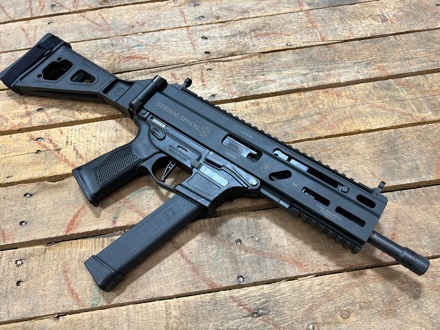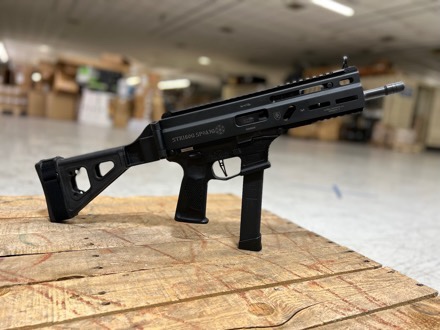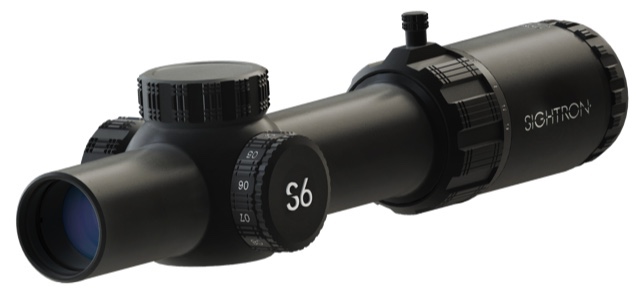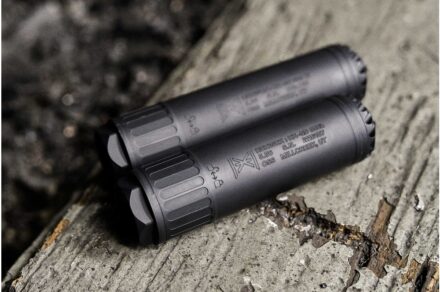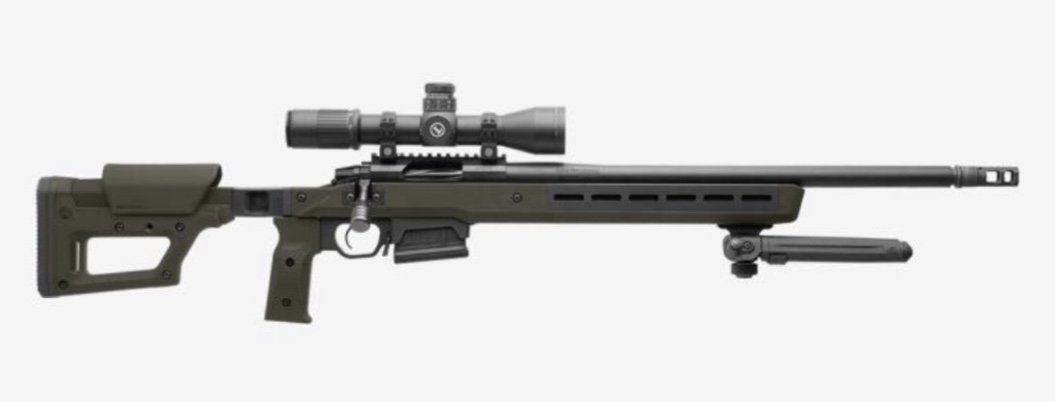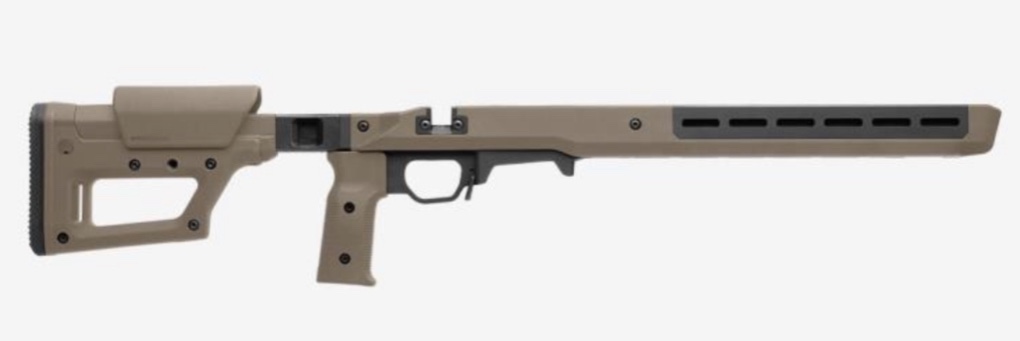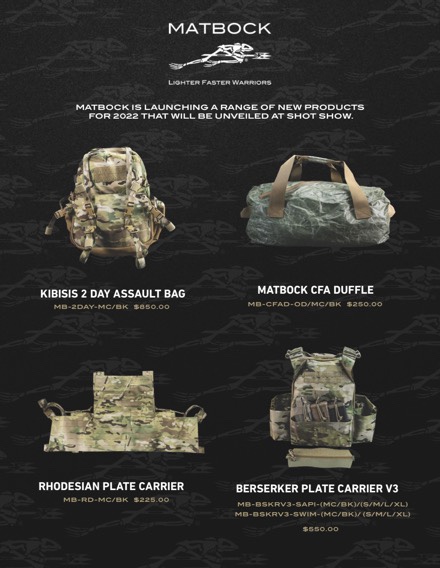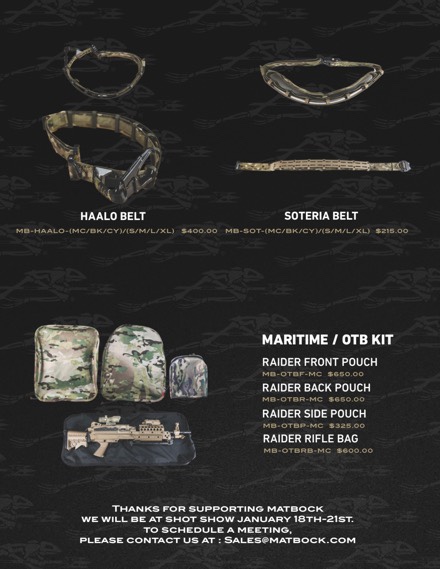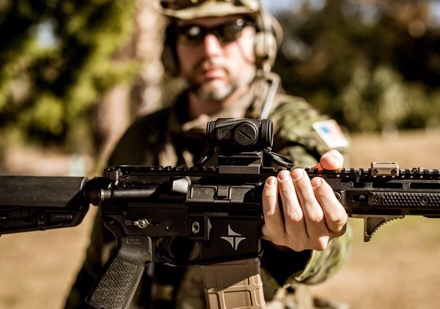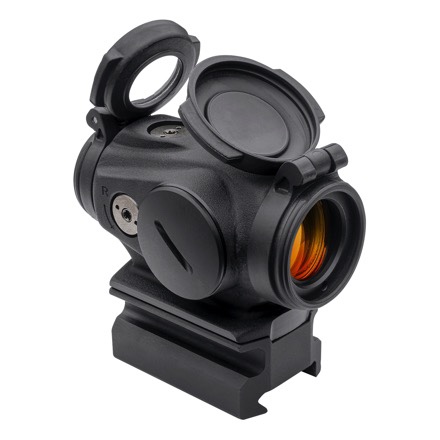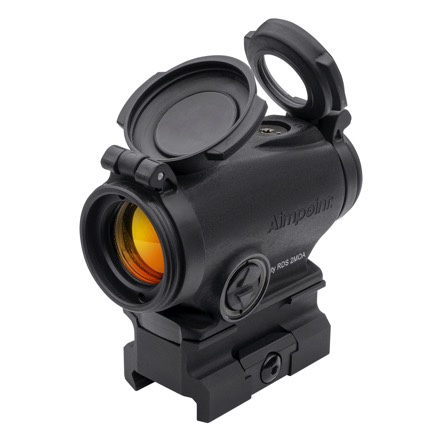Direct Action brand – known from producing high quality combat equipment for special forces – will be showing in Las Vegas an ultralight BEARCAT plate carrier and other flagship products. #Go Loud!

– Experience Based Gear – this motto will welcome everyone that will come to DIRECT ACTION #31203 booth at The Venetian Expo Level 2. Newest ultralight BEARCAT plate carrier will be shown together with AR Triple Rifle Flap, light cummerbund and UPLT. There will also be a SPITFIRE MKII plate carrier, presented in a bit heavier, battle configuration with universal rifle flap and SPRC cummerbund. Besides the equipment in Multicam Camouflage there will dominate Ranger Green wares – returning to Military and Law Enforcement and the immortal M81.
– Equipment as a system – No two mission are the same, so Direct Action relies on modular configuration of equipment elements. The BEARCAT or SPITFIRE MKII plate carriers are the base and all the elements from cummerbund to pouches, backpacks and the latest medical pouch are compatible with each other.
Here, the Polish brand draws on the battlefield experience of its creators when designing combat gear, as well as the most durable materials and rigorous quality control processes.

Please join us at the DIRECT ACTION booth #31203 at The Venetian Expo Level 2.
On January 18 at 4:00 PM stop by for a beer and high five with former special forces operators.
#GoLoud!


